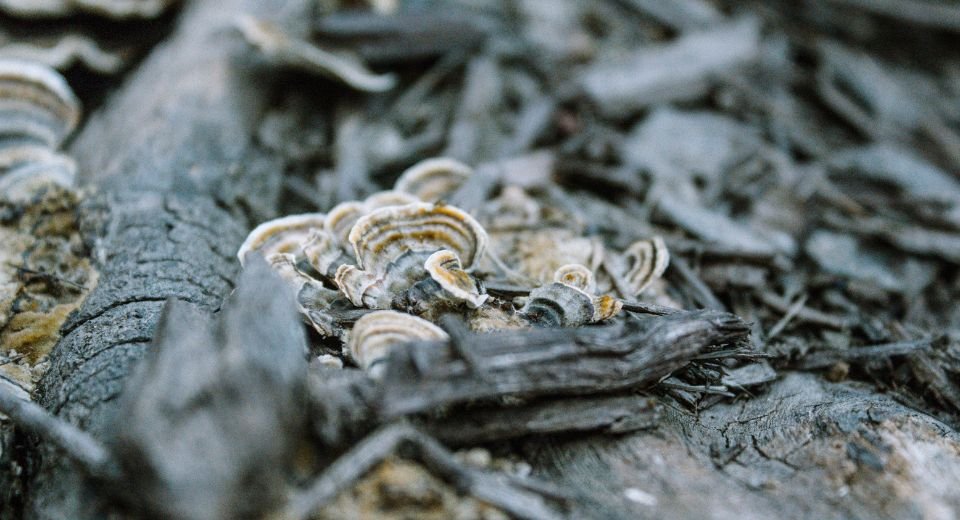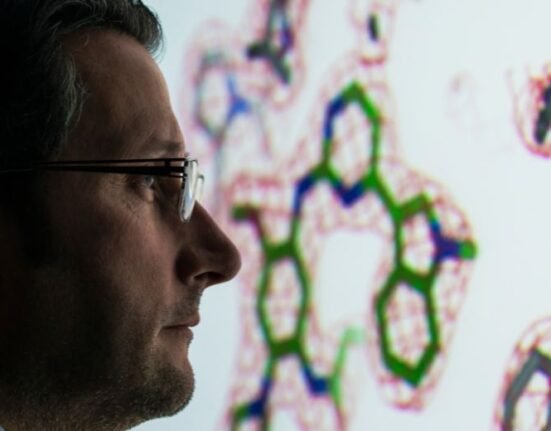HQ Team
May 10, 2023: Forest ecosystems are a trading ground for individual trees and fungi, each trying to make the best deal to survive, and not for trees help their offspring or friends, a global study found.
According to the ‘mother-tree hypothesis’ the fungal networks interconnecting trees in a forest determine the nature of the forests and their response to climate change.
The hypothesis states that these networks are meant for trees to help their offspring and other friends of the tree.
The interconnected network of threadlike structures of symbiotic fungi, called hyphae, together form an underground network called a mycorrhizal network.
The mycorrhizal fungi deliver nutrients to trees in exchange for carbon supplied by the trees, and the so-called mother-tree hypothesis implies a new purpose for these networks.
Mother trees
Through the network, the bigger and oldest trees, also known as mother trees, share carbon and nutrients with the saplings growing in particularly shady areas where there is not enough sunlight for adequate photosynthesis.
The network structure should also enable mother trees to detect the ill health of their neighbors through distress signals, alerting them to send these trees the nutrients they need to heal.
In this way, mother trees are believed to act as central hubs, communicating with both young seedlings and other large trees around them to increase their chances of survival.
According to the study, led by Nils Henriksson at the Swedish University of Agricultural Sciences, the hypothesis is hard to reconcile with the theory. The empirical evidence for the hypothesis is actually very limited and theoretical explanations for the mechanisms are largely lacking.
Not a simple pipeline
Big trees and their interconnections with their neighbors are still essential to the forest ecosystem, but the fungal network does not work as a simple pipeline for resource sharing among the trees.
The apparent resource sharing among trees is more likely to be a result of trading between fungi and trees rather than directed transfer from one tree to another. “Very often, this even results in aggravated competition between trees rather than support of seedlings,” according to the study.
“We found that mycorrhizal networks are indeed essential for the stability of many forest ecosystems, but rarely through sharing and caring among the trees,” said Oskar Franklin, a study author and a researcher in the Agriculture, Forestry, and Ecosystem Services Research Group of the IIASA Biodiversity and Natural Resources Program.
No common purpose
“Rather, it works like a trading ground for individual trees and fungi, each trying to make the best deal to survive. The forest is not a superorganism or a family of trees helping each other. It is a complex ecosystem with trees, fungi, and other organisms, which are all interdependent but not guided by a common purpose.”
The narrative of the mother tree hypothesis is scarcely supported by scientific evidence and is controversial in the scientific community, it has inspired both research and public interest in the complexity of forests
“It is vital that the future management and study of forests take the real complexity of these important ecosystems into account,” Mr Franklin said.








